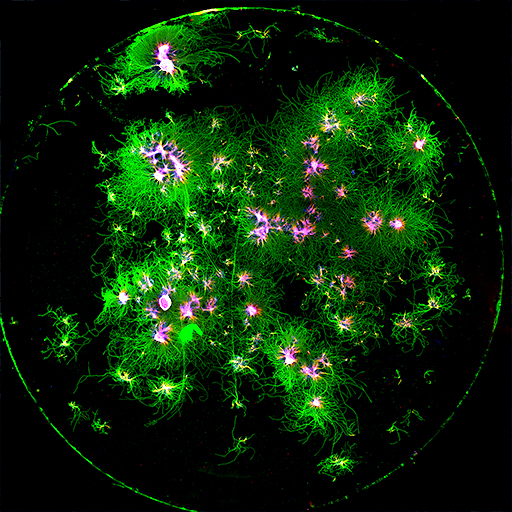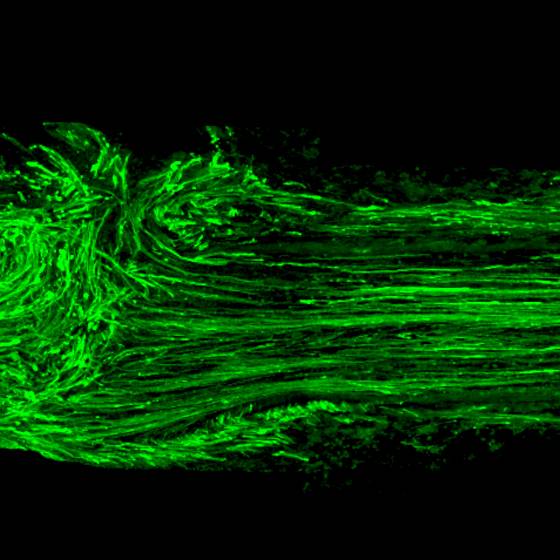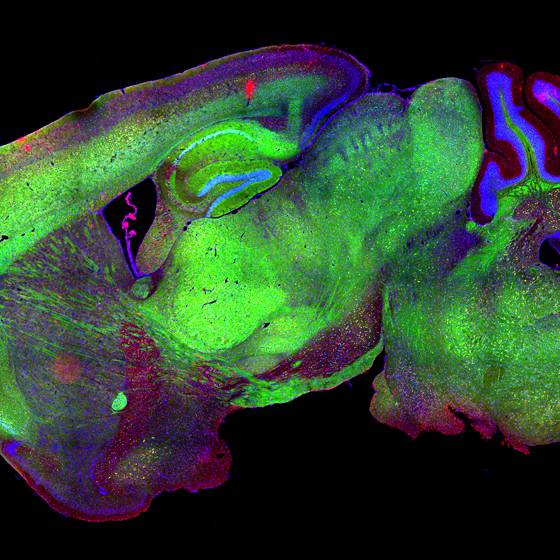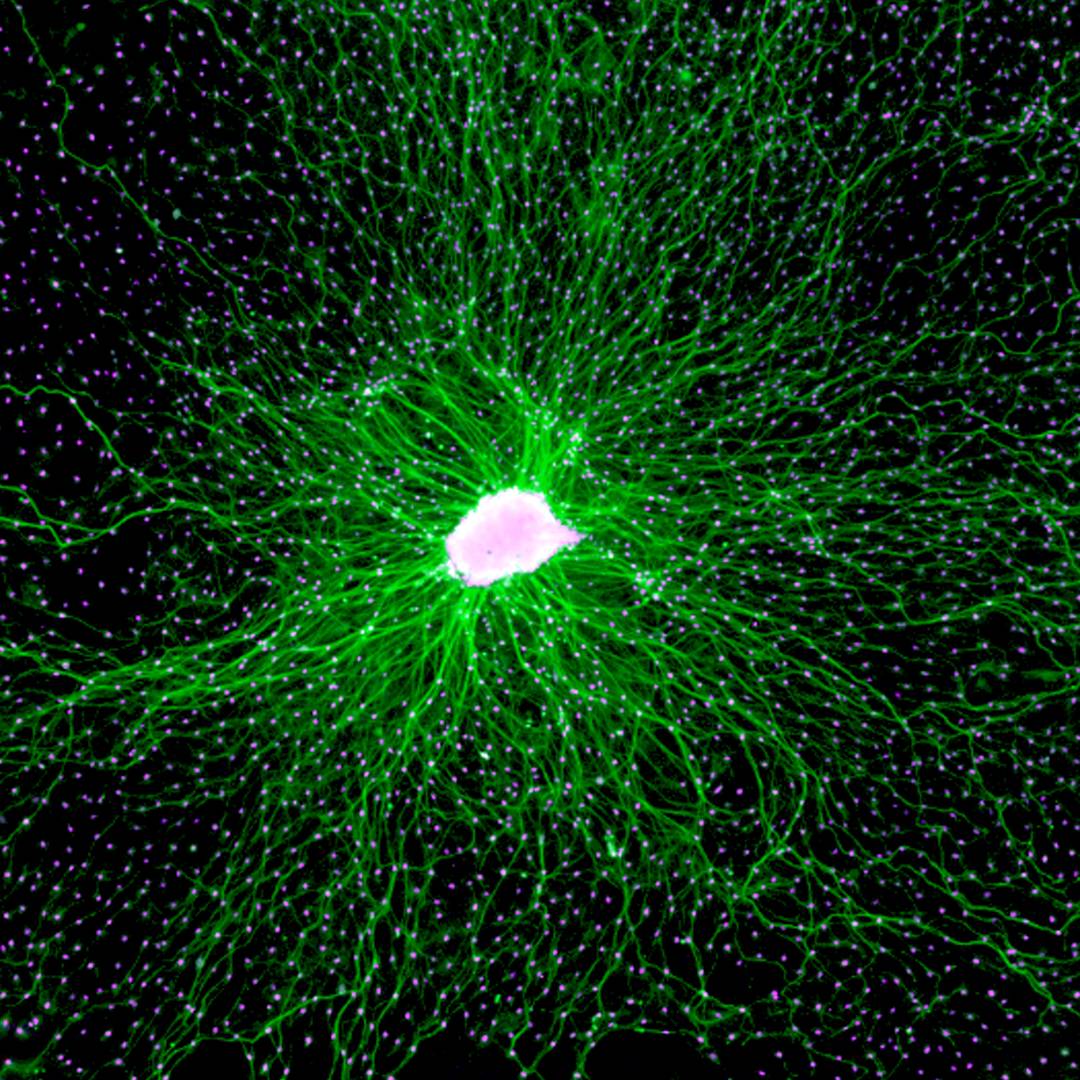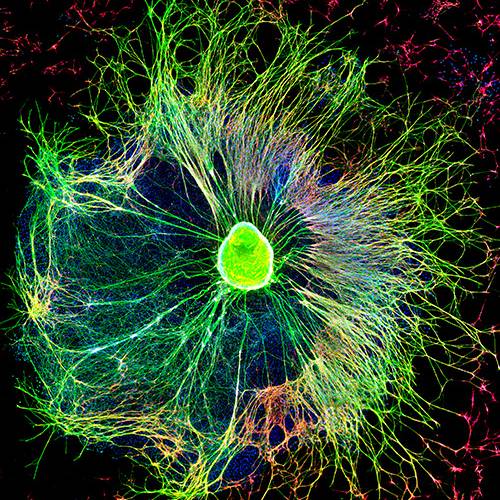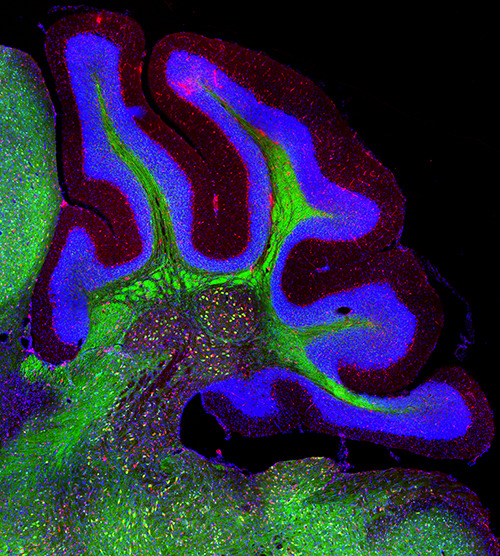The gut-brain axis along aging
The gut microbiota plays an important role in the physiology of the central nervous system and inflammation. Brain-gut communication enables bidirectional modulatory effects between the microbiota and the central nervous system, which might be involved in physiological and pathological events. Changes in the intestinal microbiota during aging show a decrease in the Firmicutes/Bacteroidetes ratio, presenting a higher proportion of Bacteroides, Clostridium, and Proteobacteria, and a decrease in Actinobacteria compared to young adults.
We are cultivating and analyzing thousands of bacterias from the Chilean population, in order to find new strains with positive effect over inflammation and aging.

Restoring the gut microbiome for healthy aging
Our research focuses on the search for bacterial consortia with effect over the aging process. Our aim is to restore the intestinal microbiota during aging, converting it into a healthier and more beneficial intestinal microbiota. For the generation of bacterial consortia, we have generated a bank of bacteria isolated from the intestinal microbiota of healthy Chileans with a wide diversity of bacteria strains. Hundreds of these isolated and taxonomically classified bacteria has been evaluated for their probiotic properties and we are currently generating consortia for in vitro and in vivo studies. In addition, we are studying the gut microbiota in aged people, trying to correlate changes in their composition associated to the risk to develop brain conditions.
People involved
Related Publications
PUBLICATIONSDataPNSNeuroDegeneration
octubre 4, 2021
Diapause formation and downregulation of Insulin-like signaling via DAF-16/FOXO delays axonal degeneration and neuronal loss.
Calixto A, Jara JS, Court FA.
PLoS Genet. 2012;8(12):e1003141. doi: 10.1371/journal.pgen.1003141. Epub 2012 Dec 27.
PMID: 23300463
PUBLICATIONSReviewPNSCNSNeuroDegeneration
octubre 4, 2021
Mitochondria as a central sensor for axonal degenerative stimuli.
Court FA, Coleman MP.
Trends Neurosci. 2012 Jun;35(6):364-72. doi: 10.1016/j.tins.2012.04.001. Epub 2012 May 11.
PMID: 22578891
PUBLICATIONSReviewNervous System FxPNSCNS
octubre 4, 2021
Slow axoplasmic transport under scrutiny.
Court FA, Alvarez J.
Biol Res. 2011;44(4):311-21. Epub 2012 Feb 10.
PMID: 22446593
octubre 4, 2021
Chronic intermittent hypoxia-induced vascular enlargement and VEGF upregulation in the rat carotid body is not prevented by antioxidant treatment.
Del Rio R, Muñoz C, Arias P, Court FA, Moya EA, Iturriaga R.
Am J Physiol Lung Cell Mol Physiol. 2011 Nov;301(5):L702-11. doi: 10.1152/ajplung.00128.2011. Epub 2011 Aug 5
PMID: 21821731
Related News
Investigador del CIB expuso en congreso internacional sobre envejecimiento realizado en Valdivia
octubre 14, 2021
El Dr. Felipe Court y la Dra. Macarena Arrázola, postdoctorante del Centro, demostraron que inhibiendo una vía celular llamada necroptosis, se puede retrasar la pérdida de memoria. El director del…
U. Mayor se adjudica $240 millones y se convierte en la única institución privada entre los ganadores del Fondequip
octubre 14, 2021
El proyecto, presentado por académicos del Centro de Biología Integrativa, fue uno de los 28 seleccionados entre 168 postulantes, y permitirá adquirir un microscopio de última generación, que además…





